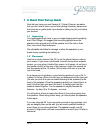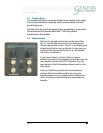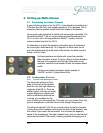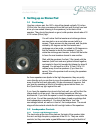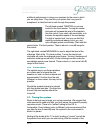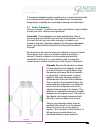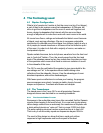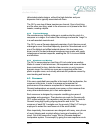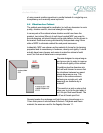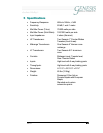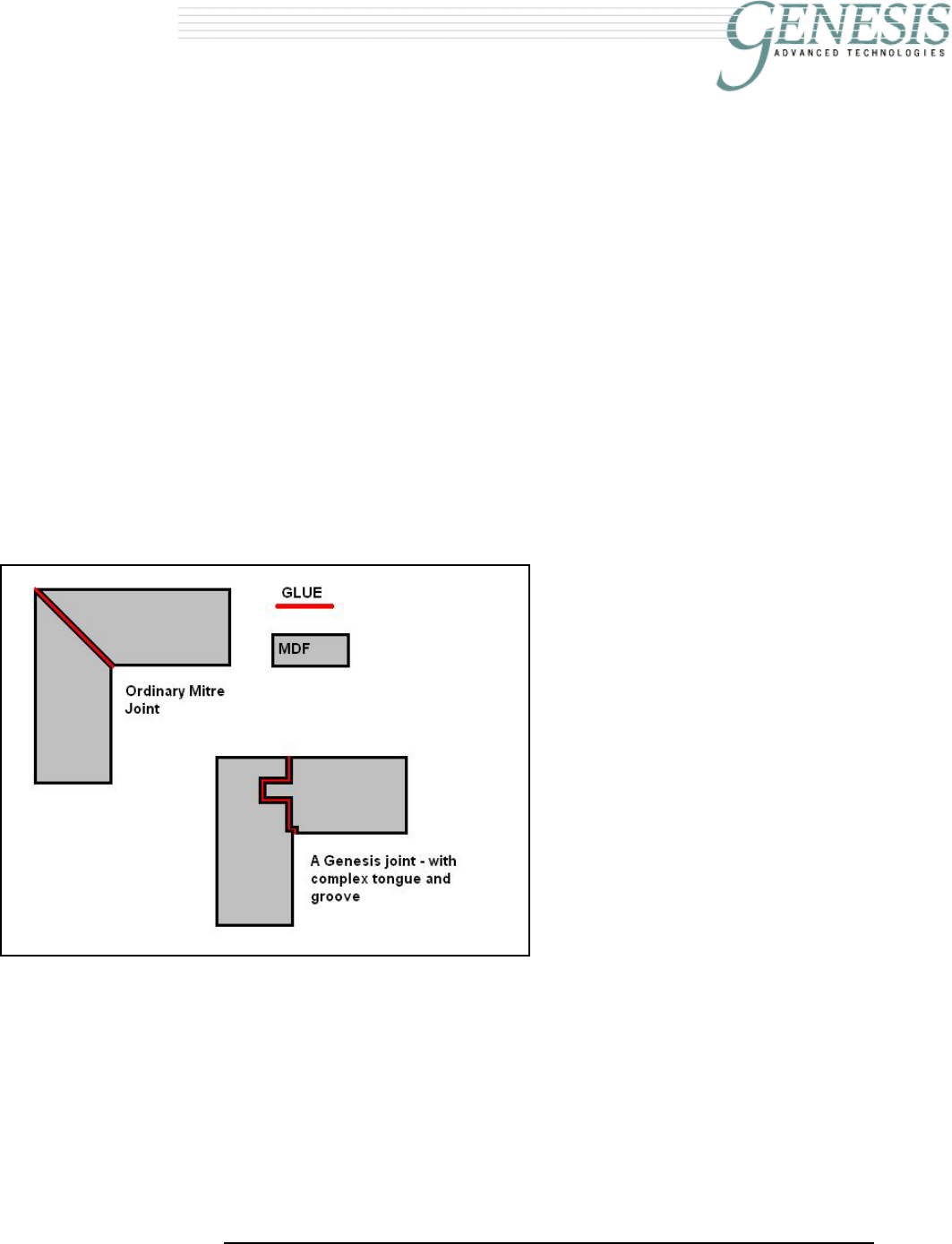
ver 1.0
16
1616
16
~ÄëçäìíÉ=ÑáÇÉäáí
ó
of using several smaller capacitors in parallel instead of a single big one,
transparency and musicality were improved.
4.4 Vibration-free Cabinet
The cabinet was designed for aesthetics, but with an obsession to sonic
quality, vibration control, structural strength and rigidity.
In some parts of the cabinet where vibration would have been the
greatest, two inches (52mm) of multi-layer bonded MDF was used to
provide damping, structural integrity and a rigid platform for the drivers to
be located. Extensive bracing was carefully incorporated using 25mm
slabs of MDF to eliminate cabinet flex and panel resonance.
Incidentally, MDF was chosen as the material of choice for its damping
properties and its consistency in hardness, density and rigidity. It would
actually have been cheaper and easier to make the cabinet of solid
wood, but that would have been a compromise.
Genesis designed a unique tongue
and groove joint in order to improve
the structural rigidity of the cabinet.
Crystalline glue the dissolves into
the mdf was chosen to ensure that
the interfaces between two panel
pieces becomes as one. This
results in the entire enclosure
behaving as a single unit, with
seemingly no discontinuity in
material.
This results in a joint so strong that
when you try to rip the joint apart, it
isn’t the joint that would break. The
mdf would break apart first.
Genesis locates the midrange and high frequency transducers on a
12mm thick piece of solid-surface Aluminium Trihydrate and Resin
material; the same as used for the flagship Genesis 1.1.





